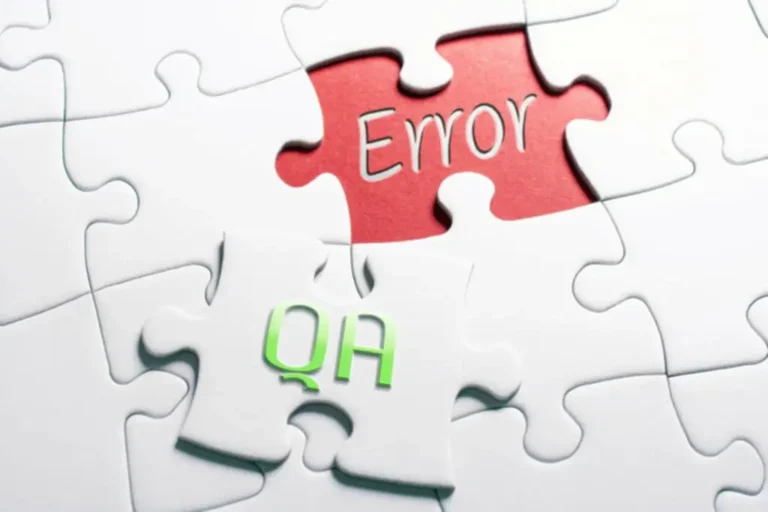No products in the cart.
What Are Recurrent Neural Networks And How Do They Work?
When a convolution layer follows the preliminary layer, the construction of the CNN can become hierarchical, as later layers can see pixels within the receptive fields of earlier layers. After each operation, a CNN applies a rectified linear unit transformation to the characteristic map, introducing nonlinearity into the model. Hinton, “A scalable hierarchical distributed language model,” in Proc. Use AI models to trace motion and observe objects showing in and out-of-view. Used as a part of the LinkedIn Remember Me feature and is ready when a consumer hire rnn developers clicks Remember Me on the gadget to make it simpler for him or her to sign in to that system. Used to send knowledge to Google Analytics in regards to the customer’s gadget and habits.
How Recurrent Neural Networks Be Taught
There are many purposes in the market that use RNNs for processing sequential data. Although we have consideration networks or transformers now, RNN was once a distinguished candidate to work with sequential data. It may assume that if you are working with LLM then you should have a robust grasp of RNN. The idea of encoder-decoder sequence transduction had been developed in the early 2010s. They turned state of the art in machine translation, and was instrumental in the improvement of consideration mechanism and Transformer. The gating functions enable the network to modulate how a lot the gradient vanishes, and since it’s being copied four times, it takes different values at every time step.
Variation Of Recurrent Neural Network (rnn)

Gated recurrent models (GRUs) are a type of recurrent neural network unit that can be utilized to mannequin sequential knowledge. While LSTM networks can be used to mannequin sequential data, they’re weaker than normal feed-forward networks. By utilizing an LSTM and a GRU collectively, networks can benefit from the strengths of both units — the ability to study long-term associations for the LSTM and the flexibility to learn from short-term patterns for the GRU. They have input vectors, weight vectors, hidden states and output vectors.
Bidirectional Recurrent Neural Networks (brnns)

In conclusion, the appliance of RNN fashions, notably LSTM and GRU architectures, represents a robust device for companies aiming to foretell and influence buyer habits. By addressing their limitations and leveraging future developments like attention mechanisms, companies can further enhance their ability to know and reply to buyer needs. To enable straight (past) and reverse traversal of enter (future), Bidirectional RNNs or BRNNs are used. A BRNN is a combination of two RNNs – one RNN strikes ahead, starting from the beginning of the data sequence, and the opposite, strikes backward, beginning from the end of the information sequence.
What Are Completely Different Variations Of Rnn?
The final one reshapes the output to be of dimension 1, given that you want the output of the mode to be the optimistic or negative class index. Each weight within the community is updated by subtracting the worth of the gradient with respect to the loss function (J), from the current weight vector (theta). So far you’ve seemed into the broader architecture and components of a Recurrent Neural, i.e., the activation and loss capabilities. In this case, with 3 potential output courses, it’s more helpful to understand how likely the remark is to belong to the optimistic class.
The normal technique for training RNN by gradient descent is the “backpropagation through time” (BPTT) algorithm, which is a particular case of the overall algorithm of backpropagation. A more computationally costly on-line variant known as “Real-Time Recurrent Learning” or RTRL,[78][79] which is an occasion of automatic differentiation in the forward accumulation mode with stacked tangent vectors. Unlike BPTT, this algorithm is native in time but not local in area. Bidirectional RNN allows the mannequin to course of a token each in the context of what came before it and what came after it.
The forget gate at time t and state si (fi(t)) decides which information ought to be removed from the cell state. The gate controls the self loop by setting the weight between 0 and 1 by way of a sigmoid operate σ. When the value is near to 1, the information of the past is retained, and if the worth is near to zero, the data is discarded.
- In quick, the neural community model compares the difference between its output and the desired output and feeds this information back to the community to regulate parameters similar to weights using a price known as gradient.
- The hidden state permits the community to seize info from past inputs, making it appropriate for sequential duties.
- With these convolutional networks, a extra scalable method to picture classification and object detection is achieved.
This is a compressed view, extra like a abstract of the mechanics of Recurrent Neural Networks. In follow, it’s easier to visualise the recurrence when you unfold this graph. A extra exact method of analyzing these critiques would take into account the position of every word the evaluation, as a result of the construction of a sentence performs a task in giving it meaning.
Using input, output, and neglect gates, it remembers the essential information and forgets the pointless info that it learns throughout the community. To overcome issues like vanishing and exploding gradient descents that hinder studying in lengthy sequences, researchers have introduced new, advanced RNN architectures. This kind of ANN works nicely for easy statistical forecasting, such as predicting a person’s favorite football team given their age, gender and geographical location. But utilizing AI for tougher tasks, corresponding to picture recognition, requires a extra complicated neural network architecture. The most typical points with RNNS are gradient vanishing and exploding issues.
Each individual a part of the image varieties a lower-level sample within the neural network, and the mix of its parts represents a higher-level sample, making a hierarchy of features throughout the CNN. Finally, the convolutional layer converts the image into numerical values, allowing the neural community to interpret and extract related patterns. Between these layers, the network takes steps to scale back the spatial dimensions of the characteristic maps to enhance efficiency and accuracy.
The shape of this output is (batch_size, units)where items corresponds to the units argument handed to the layer’s constructor. Abstractive summarization frameworks anticipate the RNN to process enter textual content and generate a new sequence of text that’s the summary of input textual content, successfully utilizing many-to-many RNN as a textual content generation model. Grammatical correctness is dependent upon the quality of the textual content technology module.
Moreover, traditional models usually require guide feature engineering, where area experts must define features that capture temporal patterns. While this strategy can be efficient, it’s time-consuming and will fail to seize complex relationships present within the knowledge. Consequently, researchers have turned to deep learning models, which are able to learning these temporal dependencies instantly from the information without the necessity for extensive characteristic engineering. Traditional machine learning fashions corresponding to logistic regression, decision timber, and random forests have been the go-to strategies for customer habits prediction. These models are highly interpretable and have been widely used in varied industries as a result of their capacity to model categorical and continuous variables efficiently. For example, Harford et al. (2017) demonstrated the effectiveness of choice tree-based models in predicting buyer churn and response to advertising campaigns.

The rules of BPTT are the same as conventional backpropagation, where the model trains itself by calculating errors from its output layer to its input layer. These calculations allow us to regulate and fit the parameters of the mannequin appropriately. BPTT differs from the traditional strategy in that BPTT sums errors at each time step whereas feedforward networks do not have to sum errors as they do not share parameters throughout each layer.
To configure the preliminary state of the layer, simply name the layer with additionalkeyword argument initial_state.Note that the shape of the state must match the unit size of the layer, like in theexample below. To configure a RNN layer to return its internal state, set the return_state parameterto True when creating the layer. In this section, we focus on a quantity of well-liked methods to sort out these issues. Where bi denotes biases and Ui and Wi denote preliminary and recurrent weights, respectively. The following computational operations are performed in RNN in the course of the ahead propagation to calculate the output and the loss. I hope this text jazzed up your knowledge about RNNs, their working, purposes and the challenges.

The coaching course of is usually run for a quantity of epochs to ensure the mannequin learns successfully. After each epoch, the model’s efficiency is evaluated on the validation set to check for overfitting or underfitting. C) Continue this process till all time steps are processed, updating the load matrices using the gradients at every step. At the tip of the forward cross, the model calculates the loss using an acceptable loss perform (e.g., binary cross-entropy for classification duties or mean squared error for regression tasks). The loss measures how far off the anticipated outputs yt are from the precise targets yt(true). This gated mechanism allows LSTMs to seize long-range dependencies, making them effective for tasks corresponding to speech recognition, text generation, and time-series forecasting.
Transform Your Business With AI Software Development Solutions https://www.globalcloudteam.com/

